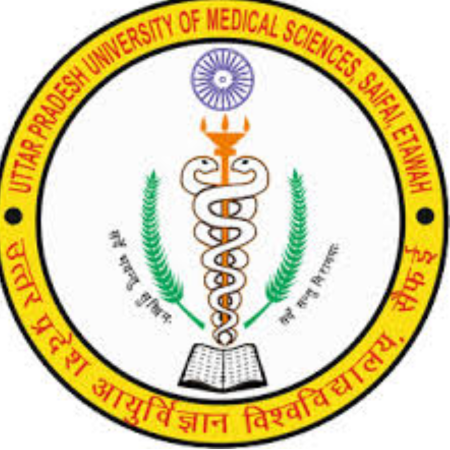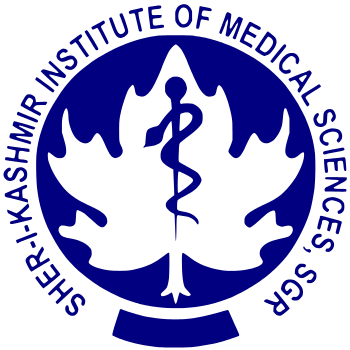Government Medical College and Hospital Baramati (GMCB) operates within India’s distinct medical education framework, where traditional campus placements differ significantly from engineering or management institutions. Unlike conventional degree programs, medical colleges prioritize hands-on clinical training and compulsory internships, which serve as foundational career pathways rather than corporate recruitment cycles. At GMCB, this structure shapes the post-graduate journey, with most students transitioning directly into residencies, government service, or private practice after completing their MBBS. The college’s placement dynamics reflect its specialized focus on medical training. Limited formal campus recruitment occurs, as the curriculum emphasizes practical experience through internships and skill development for clinical roles.
Table of Contents
GMCB-Placement Overview
| Placement Aspect | Details |
| Placement Rate | 15-20% of students secure formal placements, primarily in hospital roles |
| Salary Structure | Not fixed; varies by role, institution, or government service tier |
| Internship Stipend | Approximately ₹18,000 per month during mandatory training |
| Primary Career Paths | Hospital residencies, government medical services, private practice |
GMCB-Career Pathways and Industry Context
Medical education in India inherently prioritizes service-oriented outcomes over corporate recruitment. At GMCB, the 1-year compulsory internship integrated into the 5.5-year MBBS program provides practical exposure at primary health centers or affiliated hospitals. Post-graduation, most graduates pursue:
- Government Medical Services: Roles in district hospitals or public health initiatives, often secured through state-level examinations.
- Postgraduate Specialization: Entrance exams for MD/MS programs at institutions nationwide.
- Private Healthcare: Opportunities in nursing homes, corporate hospitals, or independent clinics.
The college’s infrastructure supports this trajectory, featuring modern laboratories, digital resources, and a 27-acre campus designed for clinical training. Faculty expertise further bridges academic knowledge with real-world medical challenges, preparing students for licensure exams and diverse healthcare environments.
GMCB-Broader Industry Trends
India’s healthcare sector faces a significant doctor-patient ratio gap, ensuring consistent demand for medical professionals. Recent trends show:
- Rural Healthcare Expansion: Government initiatives like the National Health Mission drive recruitment for rural postings.
- Specialization Demand: 65-70% of MBBS graduates pursue postgraduate degrees to access higher-paying roles.
- Private Sector Growth: Corporate hospital chains offer competitive packages for resident doctors, though these rarely originate from campus placements.
GMCB-College Support Systems
GMCB facilitates career development through:
- Internship Coordination: Mandatory rotations at primary health centers or affiliated hospitals.
- Skill Workshops: Clinical training sessions focused on emergency medicine and diagnostics.
Career Guidance: Informal mentorship for navigating licensing exams and job opportunities. The absence of dedicated placement cells is typical for Indian medical colleges, where career progression relies on national-level exams (NEET-PG, state PSC tests) rather than corporate recruitment drives. Government Medical College and Hospital Baramati aligns with India’s medical education ethos, where career success is measured by clinical competence and service impact rather than placement statistics. The institution’s modern infrastructure, faculty quality, and emphasis on practical training equip students for resilient healthcare careers whether through government service, private practice, or specialized postgraduate pathways. As healthcare demands grow nationally, GMCB graduates remain well-positioned to address India’s evolving medical needs.








